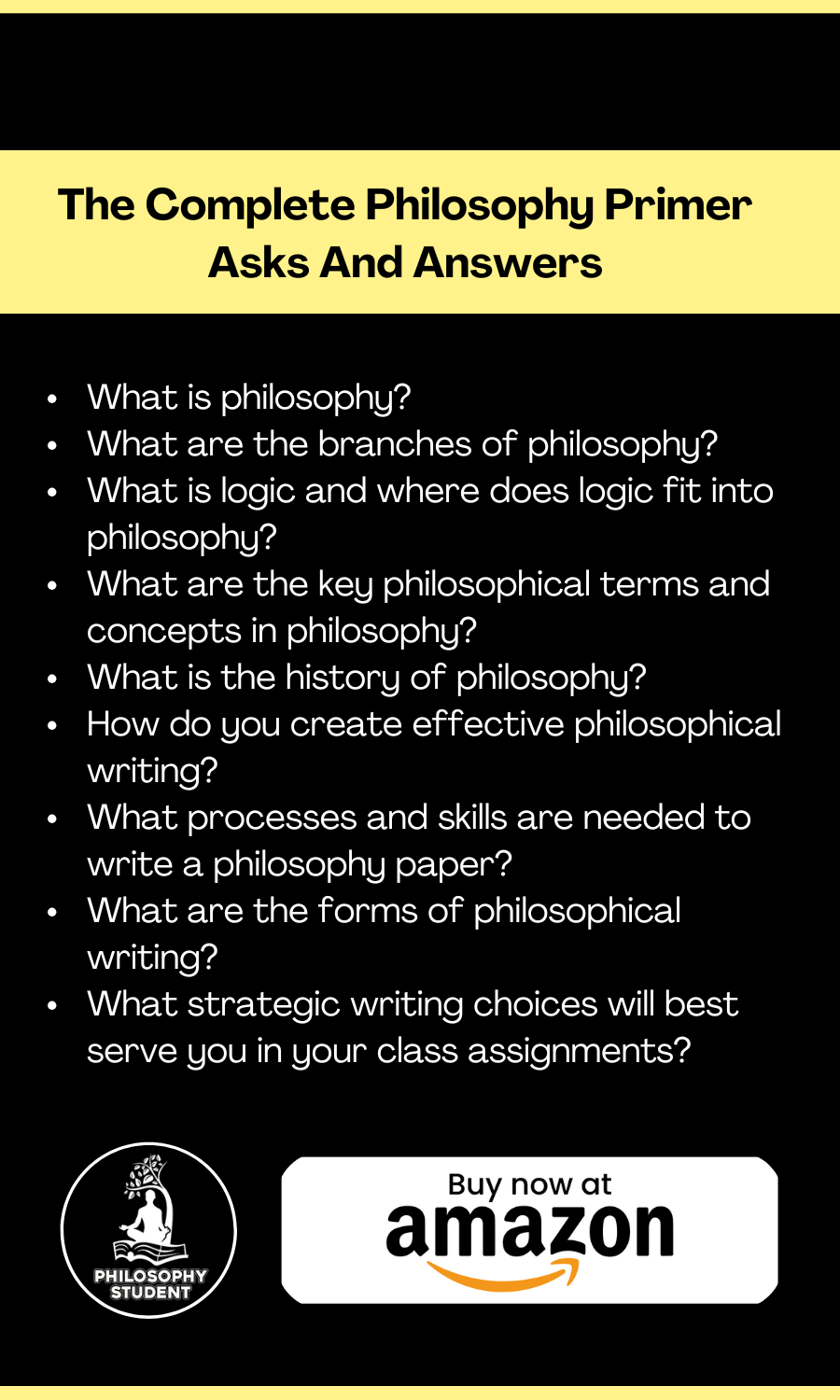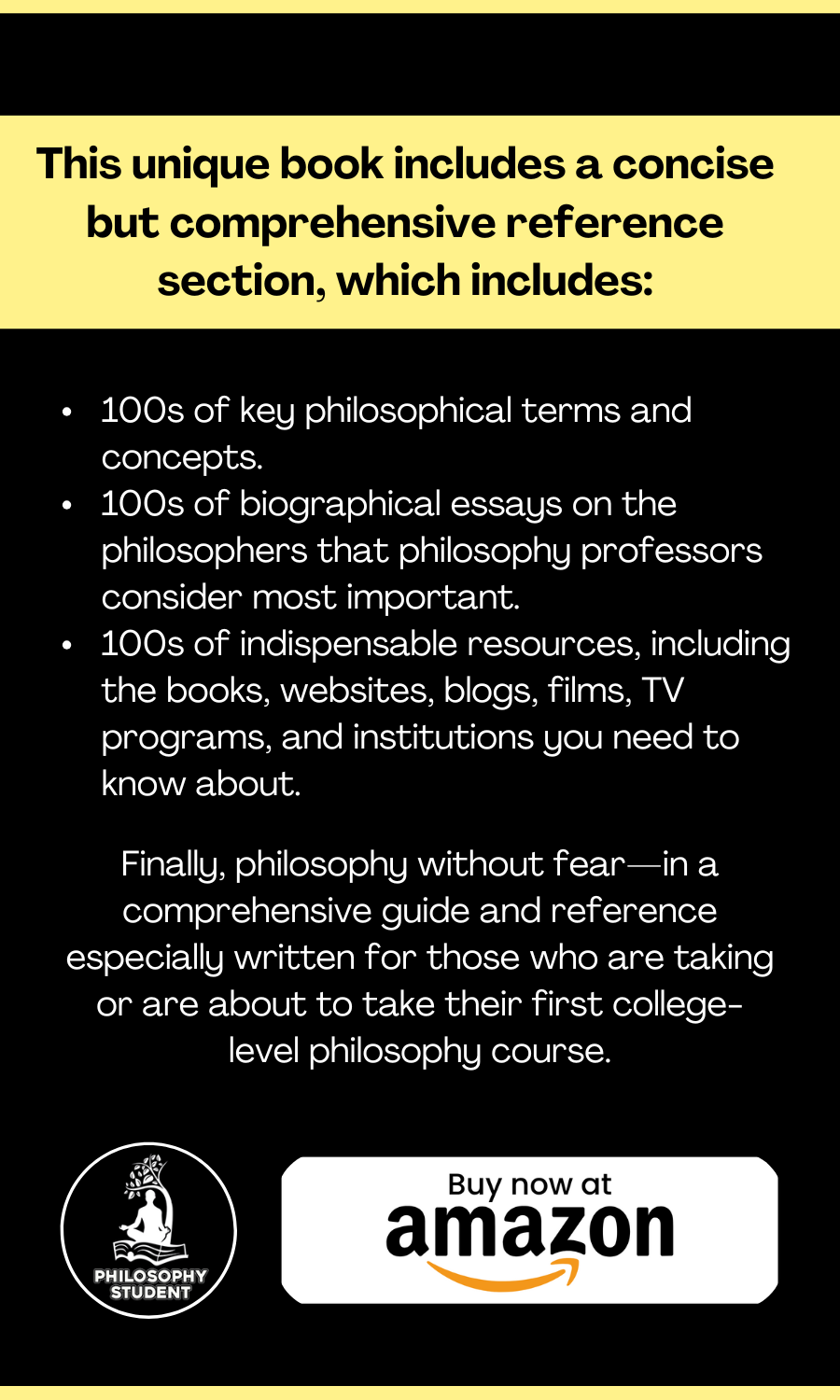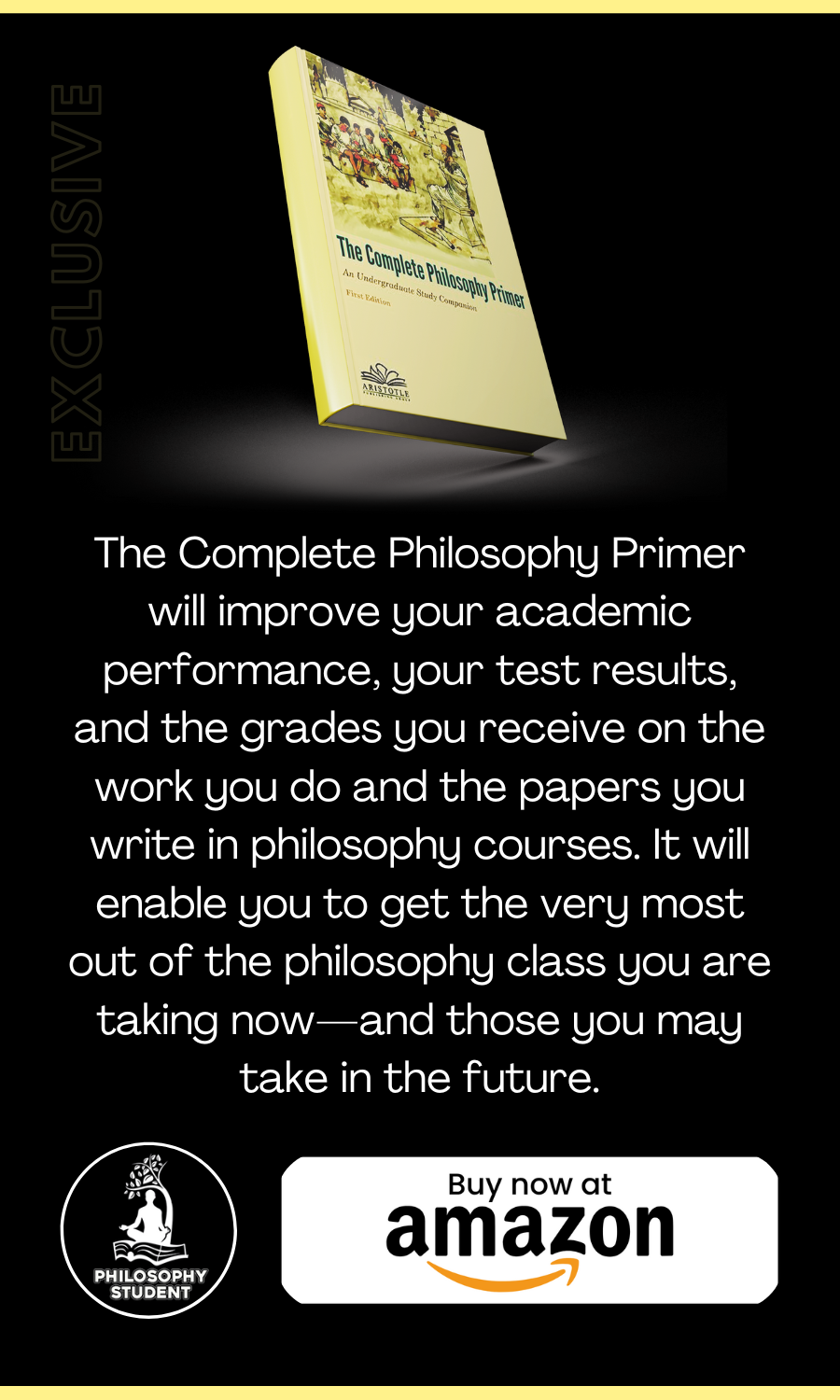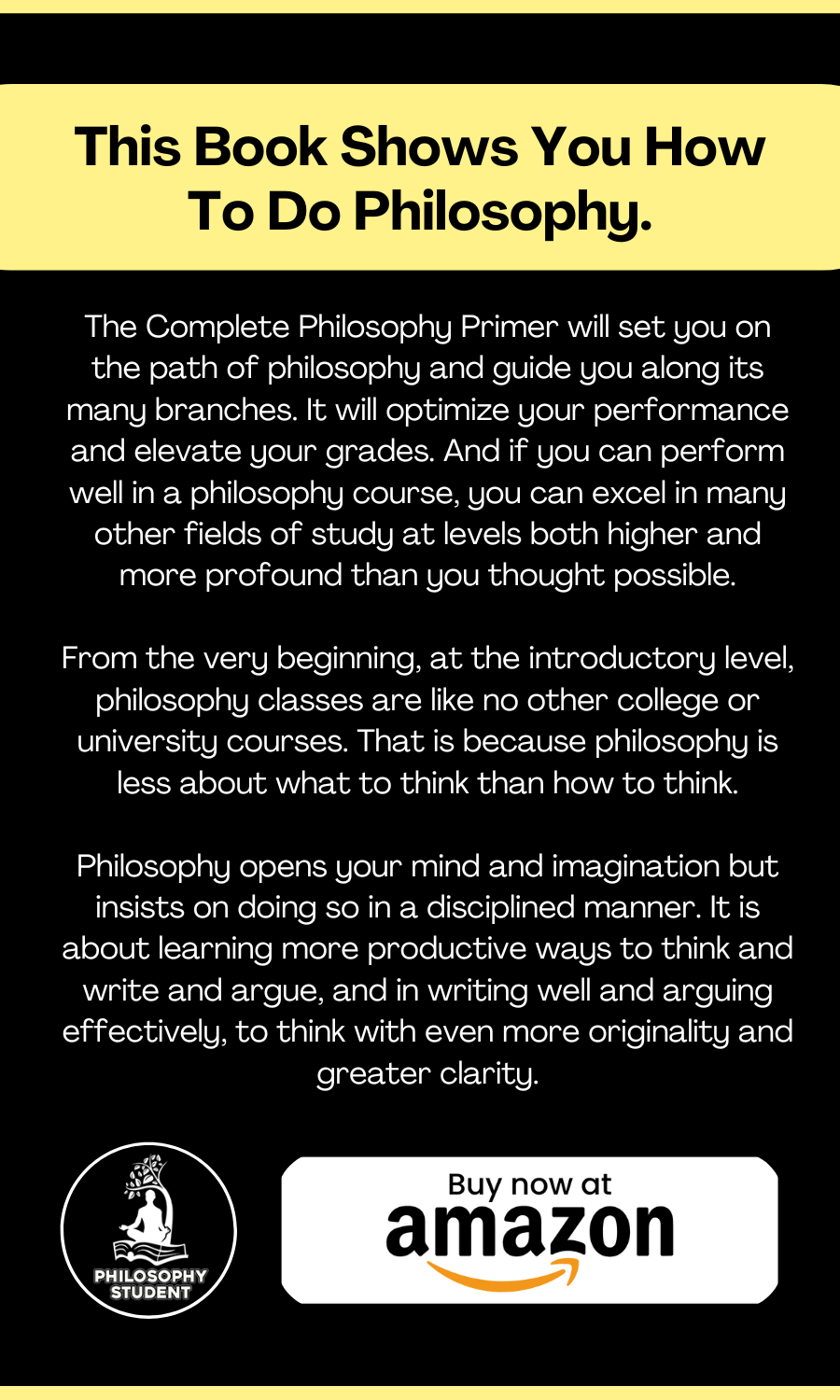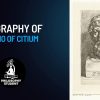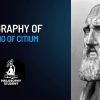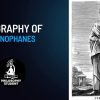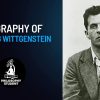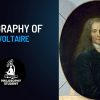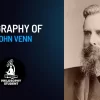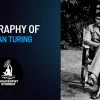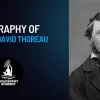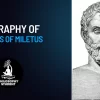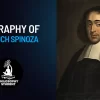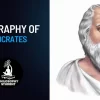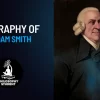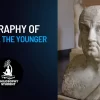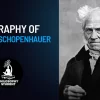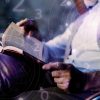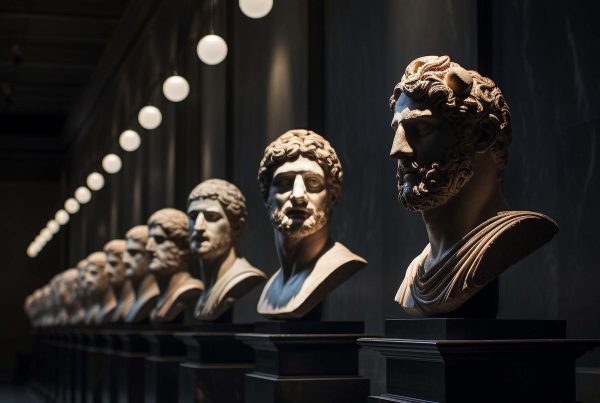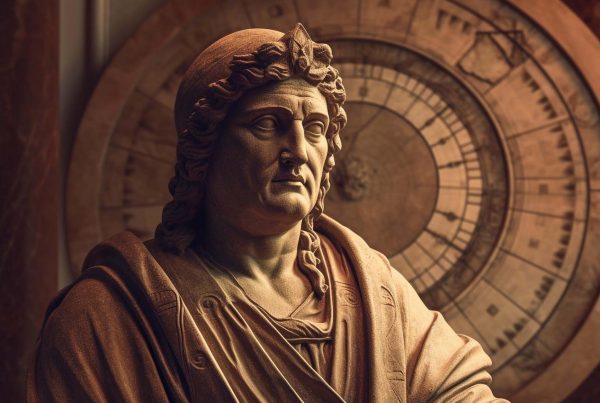Mao Zedong was born on December 26, 1893, in Shaoshan, Hunan, the son of a land-owning and prosperous peasant family. At the local elementary school, he received a classical Chinese education, which included liberal exposure to Confucian philosophy and literature. He left school in October 1911, after forces under Sun Yat-sen overthrew the Ch’ing (or Manchu) dynasty. He attended a commercial school during 1912-1913 and during 1913-1918 lived in Changsha, where he attended the local normal school. In 1919, he became a teacher at the Changsha Normal School, and in 1921 served as Hunan’s chief delegate to the founding congress of the Chinese Communist Party (CCP). He rose through the ranks of the party and emerged as a leader of the resistance against the Japanese invaders during World War II and in the Chinese Communist Revolution of 1945-1950, which resulted in the proclamation of the People’s Republic of China on October 1, 1949.
Mao’s intellectual development embodied a strong element of political philosophy, beginning with his embrace of Marxism during 1920-1926. While Mao was enthusiastic about Karl Marx’s socioeconomic explanation of political change, he believed that educating people about Marxism was not sufficient to bring about regime change without the violent overthrow of the current political leaders, which would create a vacuum that Communism would replace.
From 1927 to 1935, Mao moved away from classical Marxism and created what would come to be called Maoism. Mao continued to write about the “Marxist method of political and class analysis,” but he was concerned to close the gap between revolutionary ideology and conditions that continued to create counterrevolutionary opposition. Accordingly, during the period 1936-1940, he began to formulate an application of Marxist theory that, as he saw it, was uniquely suited to the Chinese situation. Marxism was tailored to industrialized nations and targeted industrial workers as the revolutionary vanguard. Mao adapted this political philosophy to China’s essentially agricultural or pre-industrial society, targeting the peasanty, not the proletariat, as the revolutionary vanguard.
During 1940-1949, which included World War II and the beginning of the Cold War that followed, Mao redefined his philosophical relation to classical Marxism, explaining that “The target is the Chinese revolution, the arrow is Marxism–Leninism. We Chinese communists seek this arrow for no other purpose than to hit the target of the Chinese revolution and the revolution of the east.” Thus, Marxism was but a weapon, a means to an end—the end being a Maoist revolution. This he increasingly defined as an abandonment of Marxist revolutionary theory (which Mao derided as dogmatic) and an embrace instead of empirical pragmatism guided by ideological commitment.
The post-revolutionary period, 1949-1976, confirmed Mao in his revisionist application of Marxism as Maoism. His chief project came to be the resolution of the contradiction between subjective thought (idealism) and objective reality (materialism). Marx would have seen this as a Hegelian instance of thesis meeting antithesis and creating synthesis. Maoism required, more simply, accepting the subject-object, idealist/materialist contradiction as a universal principle underlying all great processes of development. Accepting a core of contradiction proved increasingly difficult, however, and in 1966, Mao launched the Cultural Revolution aimed at purging remnants of capitalism and traditionalism from Chinese society through relentless agitation and violence.




